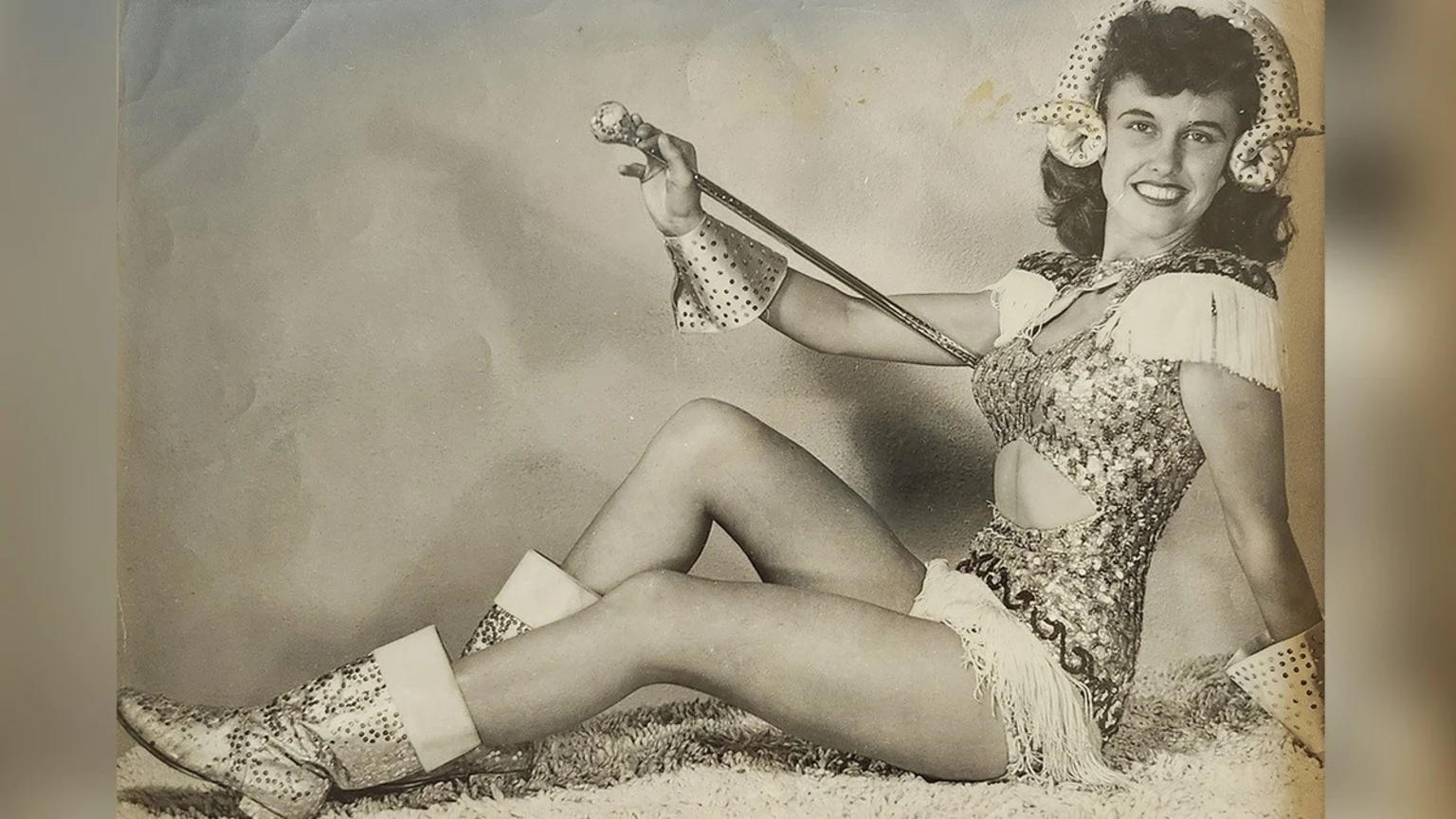
The holiday season brings spike in heart attacks
According to the American Heart Association, more people die from heart attacks during the last week of December than any other time of the year.
Barbara Chrestman is living life to the fullest. At 95 years young, she enjoys walking her dog several times daily, taking in the sunset from her Ocean Beach home, and watching a Padres game.
Not much has changed. When Barbara was in high school, she says, the big deal was going to Lane Field at the foot of Broadway to watch the Padres play. Back then, though, it only cost a quarter per game and hot dogs were 10 cents.
After graduating high school in 1946, Barbara attended San Diego State University (SDSU). She was a majorette, combining baton twirling with dance, and was recruited by the Los Angeles Rams to perform at the football team’s home games. Barbara says she and her two friends who were also recruited considered themselves “the first NFL cheerleaders.”
“They paid us $35 for each game,” Barbara says. “We felt rich, and we had so much fun!”

Barbara looks back fondly at her cheerleading career and her time with the Los Angeles Rams.
A new — unwelcome — experience
Barbara had been healthy her entire life, so when she started feeling fatigue and muscle weakness one day in September 2020, she didn’t think it was serious and went to bed to get some rest. Although she felt fine the next day, Barbara decided to call her doctor to update him on her experience. He told her to go to Sharp Memorial Hospital’s Emergency Room immediately.
While there, Barbara learned that she’d had a stroke and was diagnosed with atrial fibrillation, or AFib. AFib is the most common heart-rhythm disorder and a frequent cause of stroke.
People of all ages with AFib are five times more likely to have a stroke because irregular heart rhythms can cause blood clots to form. A clot can then travel to the brain, block blood flow and cause a stroke.
According to the Centers for Disease Control and Prevention (CDC), an estimated 12.1 million people in the U.S. will have AFib by 2030.
A procedure brings back Barbara’s pep
Always active, Barbara worked full time while raising a family. She taught aerobics and weight training at the YMCA before retiring at 65. After retirement, Barbara continued to go to the gym, practice yoga and lift weights.
“It becomes a way of life,” she says. “Once you get used to working out, you have to do it every day.”
However, Barbara continued to experience fatigue, dizziness and chest pain. Having to constantly go to doctors’ appointments, take medication to manage her AFib, and generally slow down was new to Barbara.
Finally, Barbara was diagnosed with aortic stenosis, which occurs when the heart’s aortic valve becomes narrowed. This prevents the valve from opening normally and reduces blood flow from the heart to the body. The only cure for aortic stenosis is to replace the valve, which can be done with a procedure called transcatheter aortic valve replacement (TAVR).
TAVR is a minimally invasive procedure that repairs the heart valve without removing the damaged valve or opening the chest. Instead, doctors insert an artificial valve into the original aortic valve via a catheter inserted through a small incision in the thigh.
Though some doctors may have hesitated to perform the procedure due to Barbara’s age, Dr. Arvin Narula, an interventional cardiologist affiliated with Sharp Memorial Hospital, advocated for Barbara to receive the procedure.
“The TAVR procedure usually improves fatigue and chest pain and improves exercise tolerance,” says Dr. Narula. “This results in reduced hospitalization and, therefore, a faster recovery period, which allows the patient to resume their normal activities sooner. People like Barbara demonstrate that you shouldn’t treat a patient by their age but as an individual.”
However, Barbara admits she was frightened to have the surgery — and not just because of her age. Until her stroke, her only major hospital visits were to give birth to her children.
But Barbara says Dr. Narula made her feel comfortable and cared for. She knew she was in good hands, especially when he told her, “If you were my grandmother, I’d recommend that you have the operation.”
Barbara had the TAVR procedure in February 2024.
Many walks and sunsets to come
Since returning home, Barbara reports she has no chest pain and continues rebuilding her strength. She’s thankful she can still walk her dog and enjoy the sunset.
“I’ve had a long and fulfilling life, but it’s not over yet,” says Barbara. “Thanks to the wonderful care by Sharp, I’m looking forward to many more years.”
Learn more about heart health; get the latest health and wellness news, trends and patient stories from Sharp Health News; and subscribe to our weekly newsletter by clicking the "Sign up" link below.

Our weekly email brings you the latest health tips, recipes and stories.